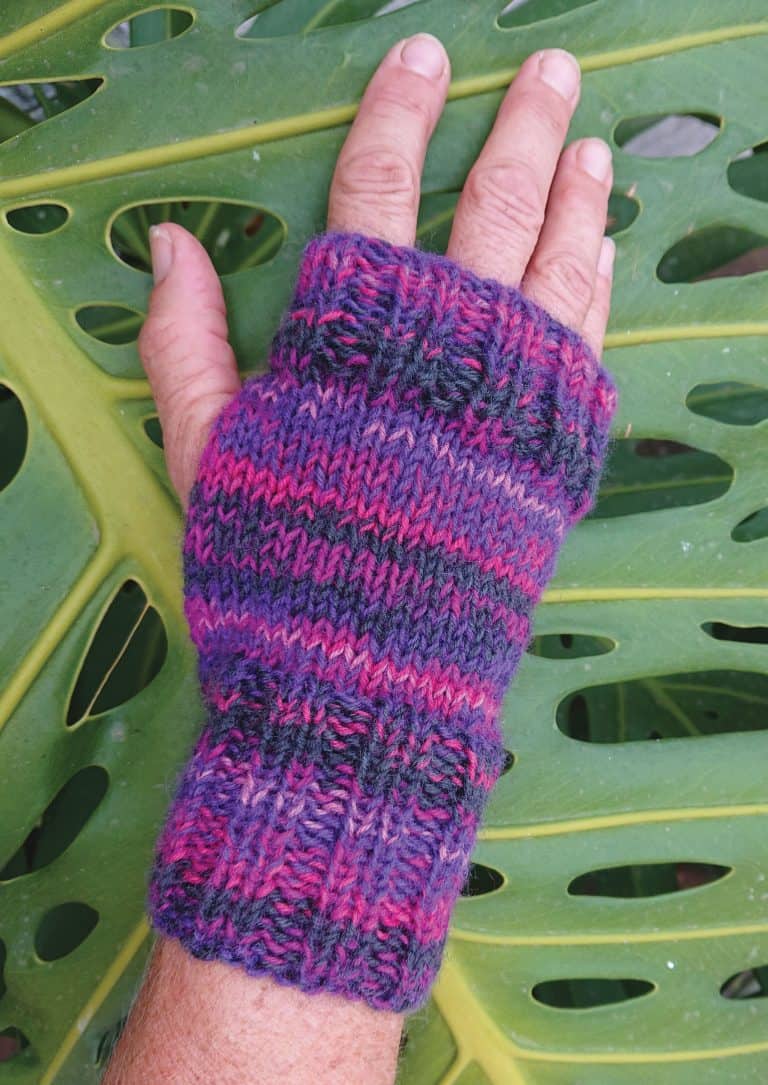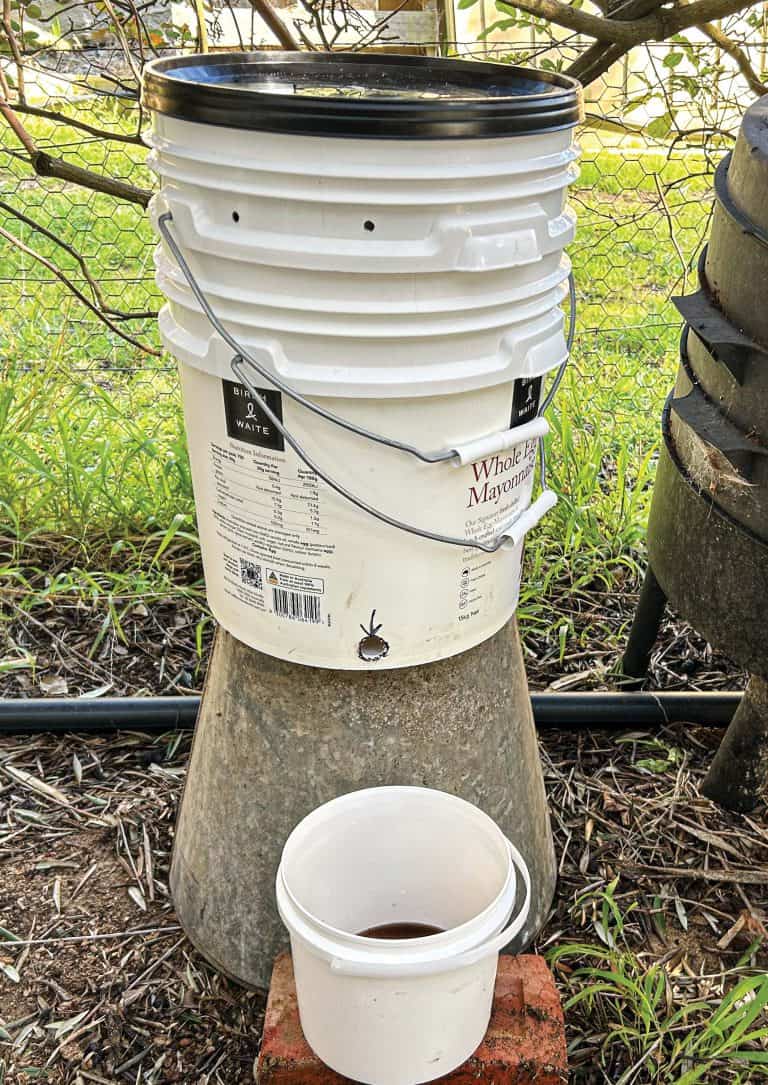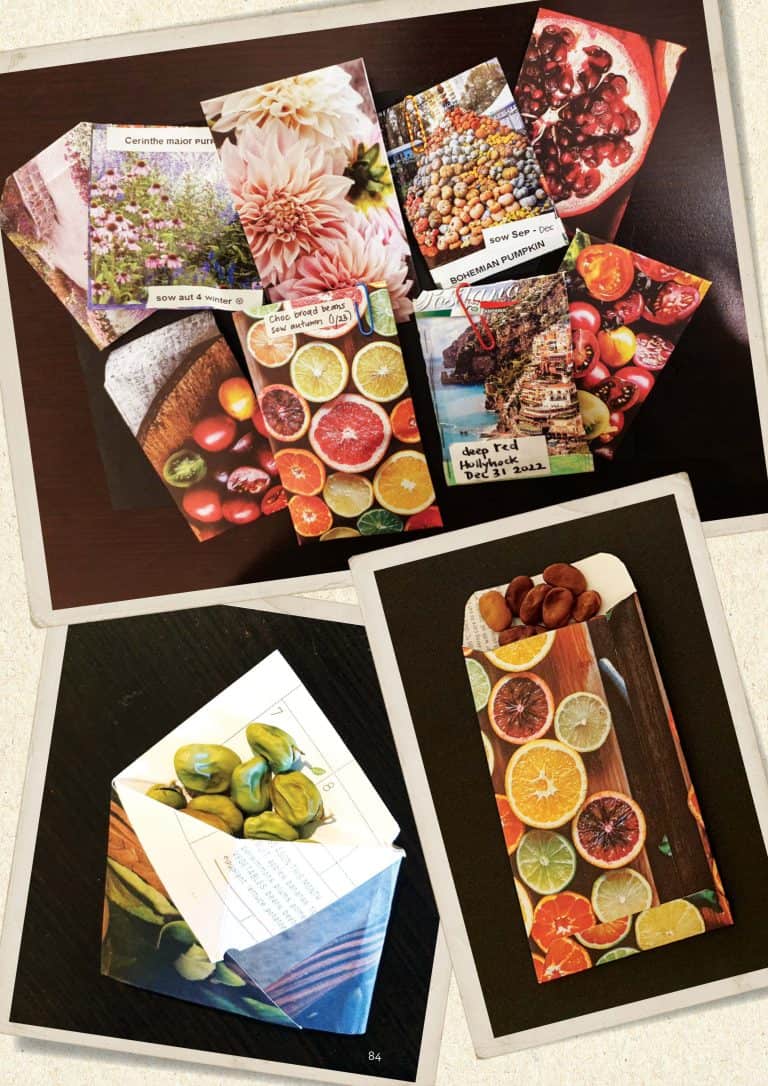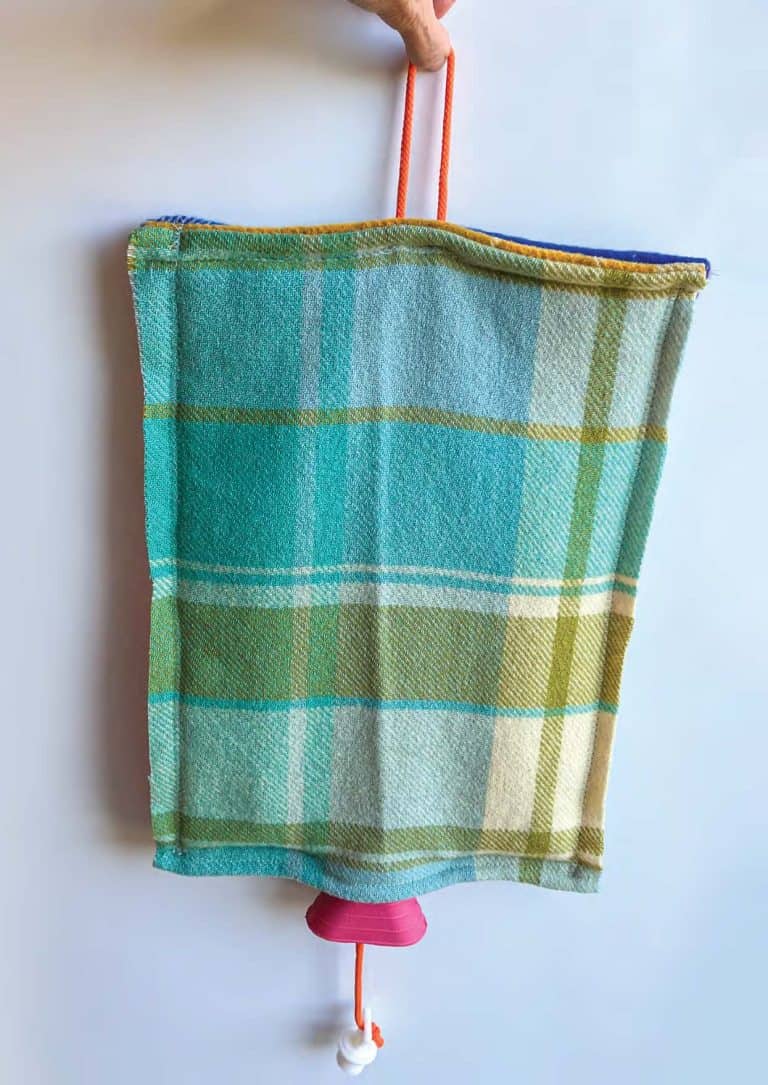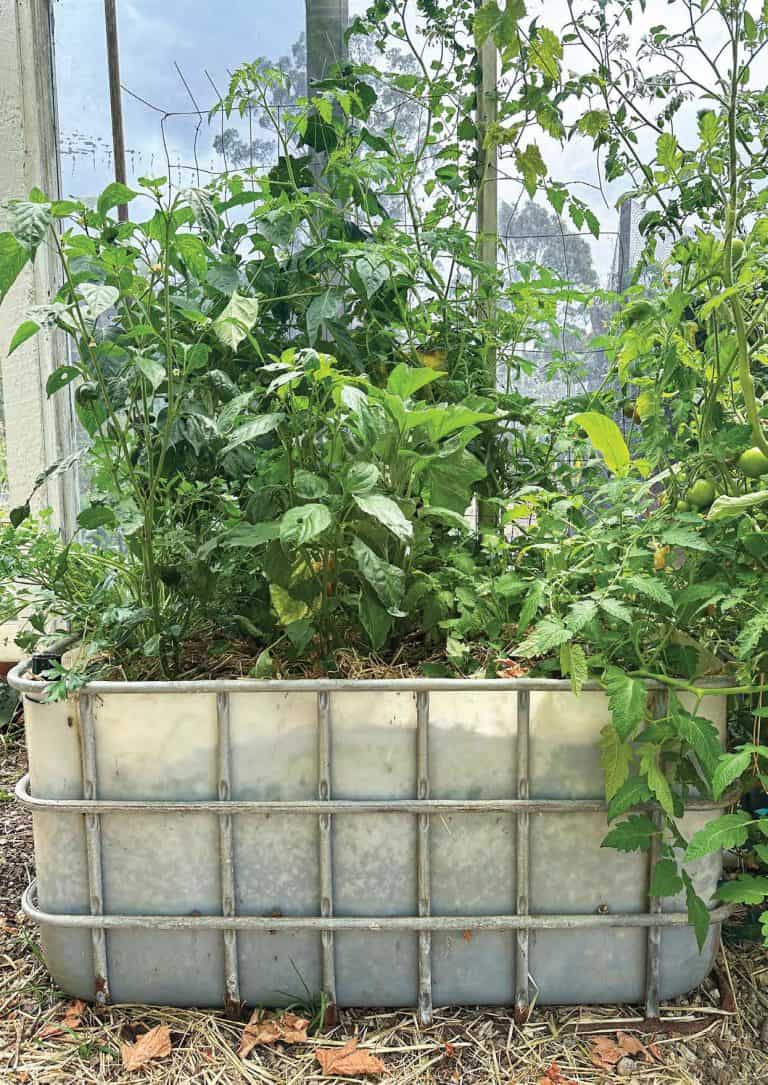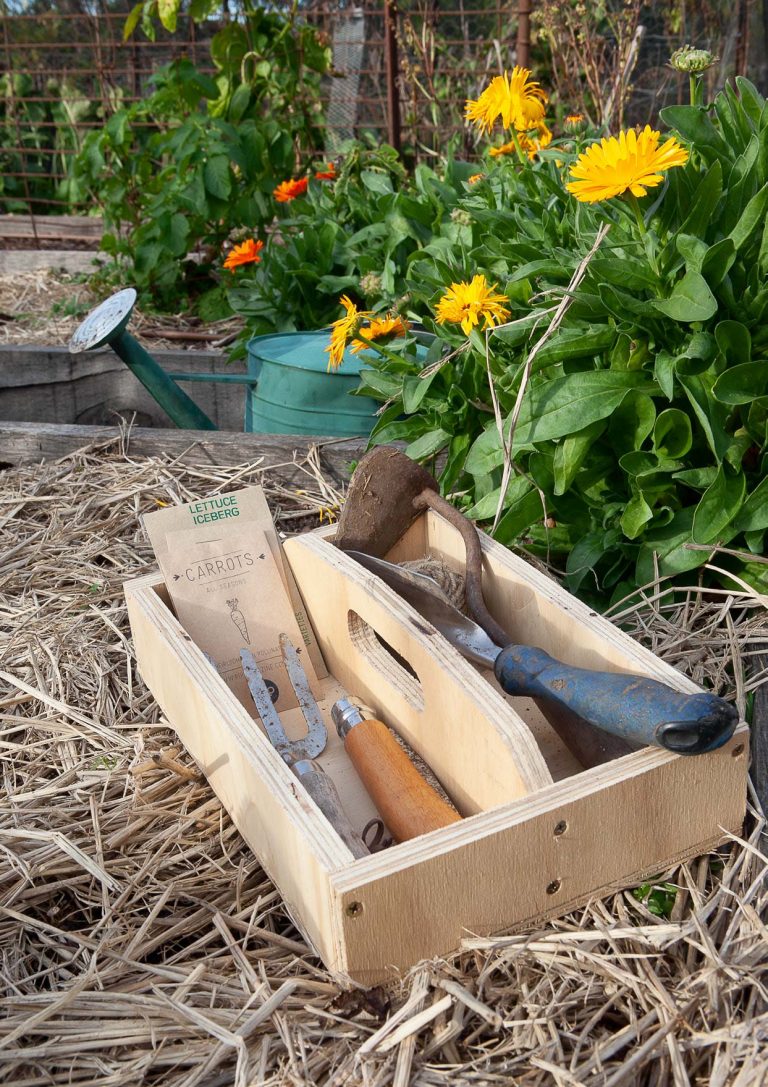IRRIGATION SYSTEMS – How to set up an automated watering system
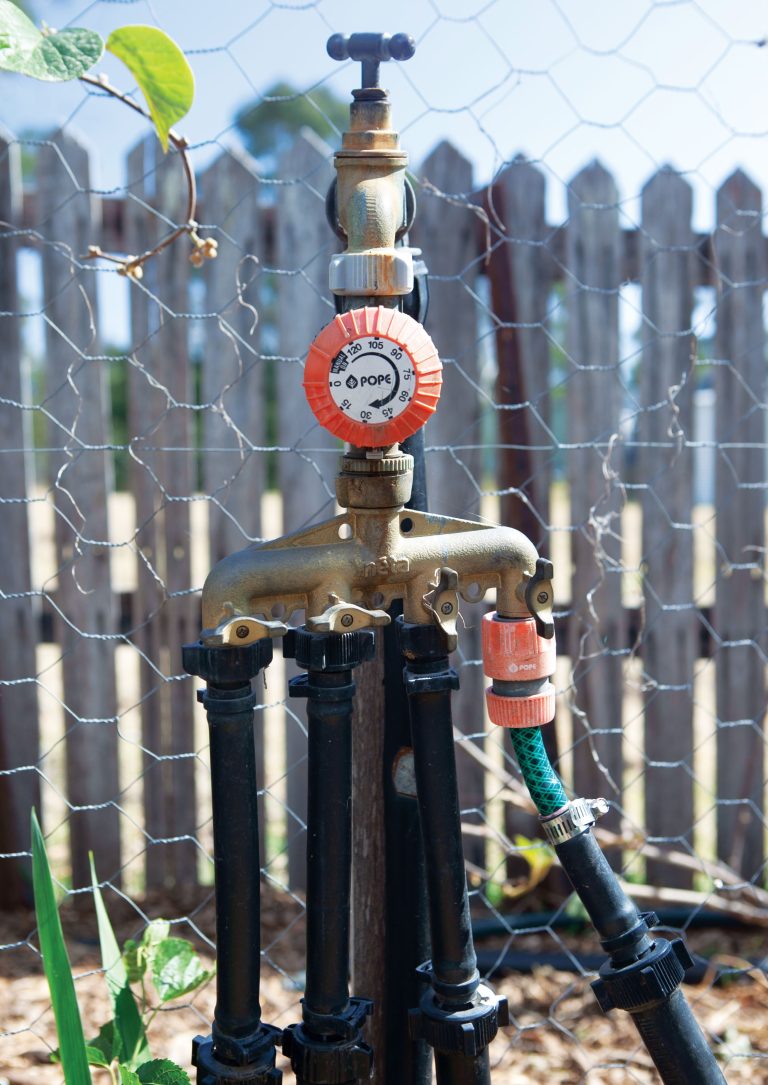

A well-thought-out irrigation system can save you water and time, and help you get the most from your garden.
Hand watering is one of life’s pleasures for a gardener. It allows you time to connect with nature, observe your patch and gather your thoughts in a pocket of calm in an otherwise hectic world. But because watering can provide so much enjoyment, you don’t want it to become yet another chore we need to find time for and, in turn feel guilty about if it doesn’t happen at the optimum time of the day or duration.

